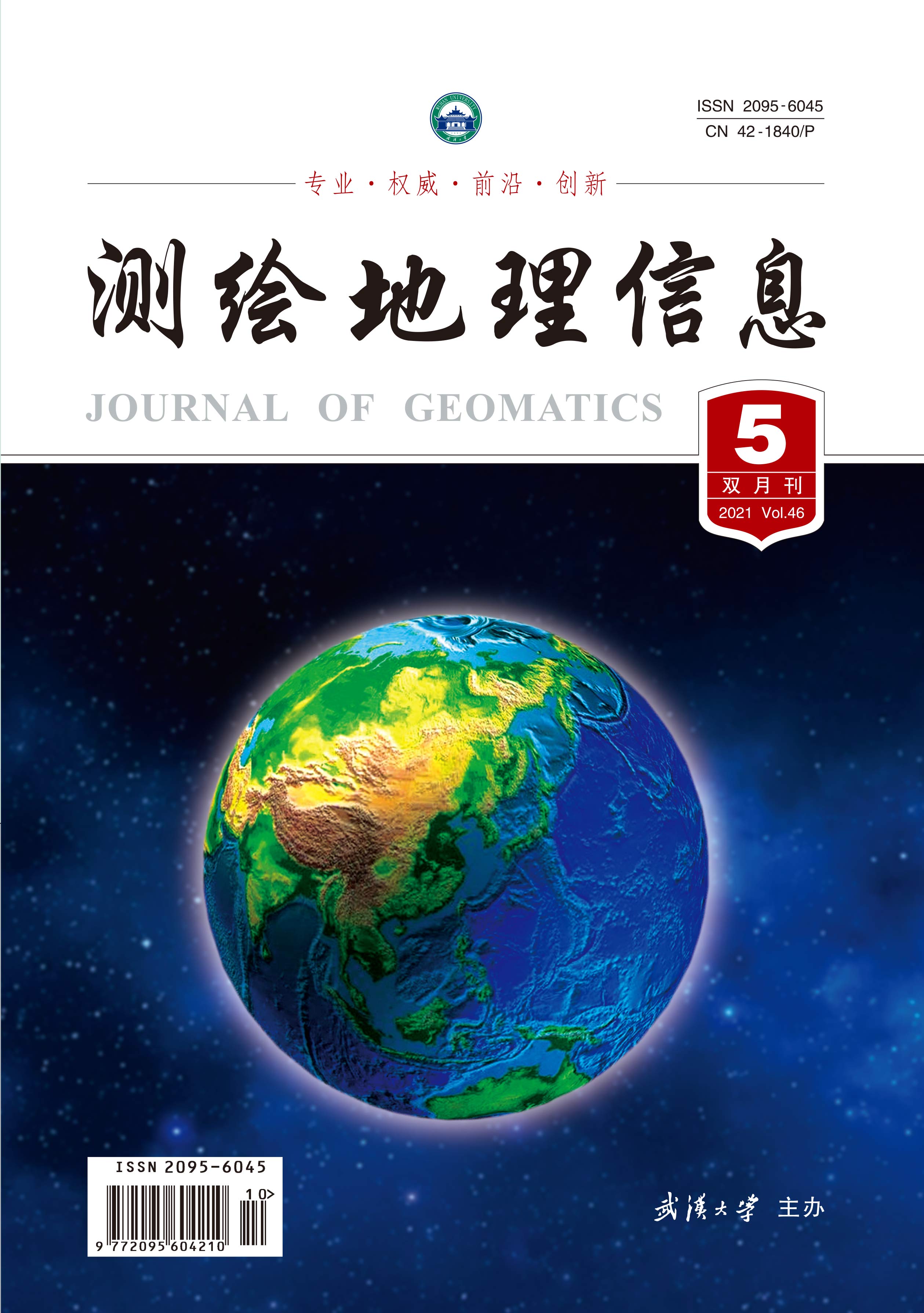Study of Heavy Metal Contamination in Industrial Soils of Aurangabad Using GIS Techniques
Q4 Computer Science
引用次数: 0
Abstract
The main objective of the present study is to assess the level of contamination, source identification, and health risk assessment of heavy metals in the industrial soils of Aurangabad. A total of 15 Soil samples were collected with a sampling density of 3–5 composite soil samples from 0–10 cm surface soil, analyzed heavy metals (Ni, Pb, Cd, Zn, Cr, Mn, Fe, and Cu) using atomic absorption spectroscopy. The geographical information system (GIS) technology like Kriging and inverse distance weighted interpolation (IDW) was used for the preparation of spatial distribution maps. A significant spatial relationship was found for Ni, Cd, Zn, Pb, and Cu in the soils using a GIS-based analysis, suggesting that these metal contaminants in the industrial area had common sources. Assess the risks of contamination for heavy metals in the soil were assessed based on a geo-accumulation index (Igeo) and contamination factor (CF). According to the Igeo and CF, most of the samples vary between 0 to 1, unpolluted to moderately polluted except Cd values. Most of the measured heavy metals showed the highest availability in top soils collected from around the steel and metal industries of the Waluj MIDC area. Also, based on the outcomes of the health risk assessment, particular attention should be paid to Ni, Pb, Cd, Zn, Cr and Cu in the industrial soils of Aurangabad. This study is socially beneficial for prevailing human health hazards in such industrially populated regions.基于GIS技术的奥兰加巴德工业土壤重金属污染研究
本研究的主要目的是评估奥兰加巴德工业土壤中重金属的污染水平、来源识别和健康风险评估。从0–10 cm表层土壤中采集了15个土壤样品,采样密度为3–5个复合土壤样品,使用原子吸收光谱法分析了重金属(Ni、Pb、Cd、Zn、Cr、Mn、Fe和Cu)。地理信息系统(GIS)技术,如克里格和反距离加权插值(IDW),被用于空间分布图的编制。通过基于GIS的分析,发现土壤中的Ni、Cd、Zn、Pb和Cu存在显著的空间关系,表明工业区的这些金属污染物有共同的来源。根据地质累积指数(Igeo)和污染因子(CF)评估土壤中重金属污染的风险。根据Igeo和CF,大多数样品在0到1之间变化,除Cd值外,未受污染到中度污染。大多数测得的重金属在瓦卢杰MIDC地区钢铁和金属行业周围采集的表层土壤中表现出最高的可用性。此外,根据健康风险评估的结果,应特别注意奥兰加巴德工业土壤中的Ni、Pb、Cd、Zn、Cr和Cu。这项研究对这些工业人口稠密地区普遍存在的人类健康危害具有社会效益。
本文章由计算机程序翻译,如有差异,请以英文原文为准。
求助全文
约1分钟内获得全文
求助全文
来源期刊

测绘地理信息
Earth and Planetary Sciences-Earth-Surface Processes
CiteScore
0.20
自引率
0.00%
发文量
4458
期刊介绍:
 求助内容:
求助内容: 应助结果提醒方式:
应助结果提醒方式:


